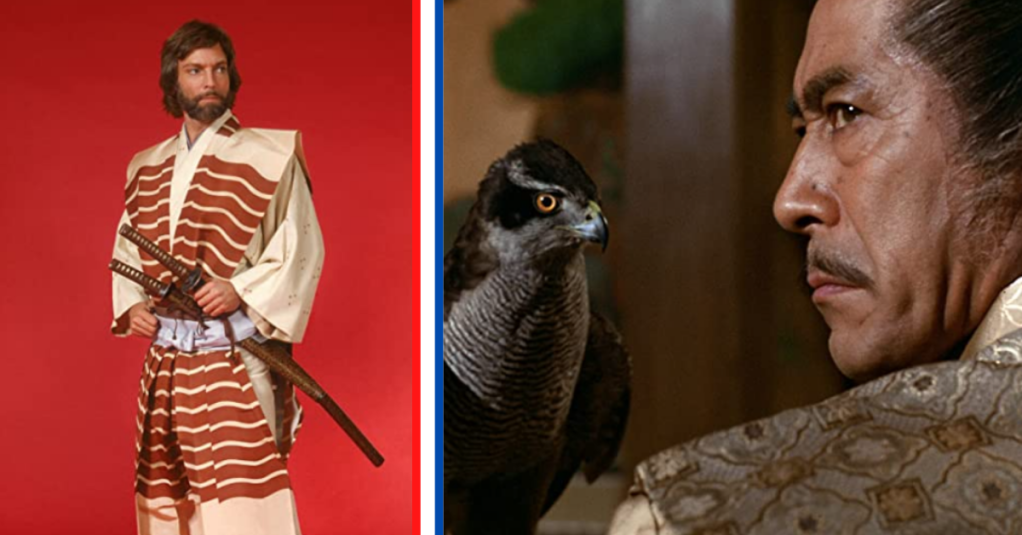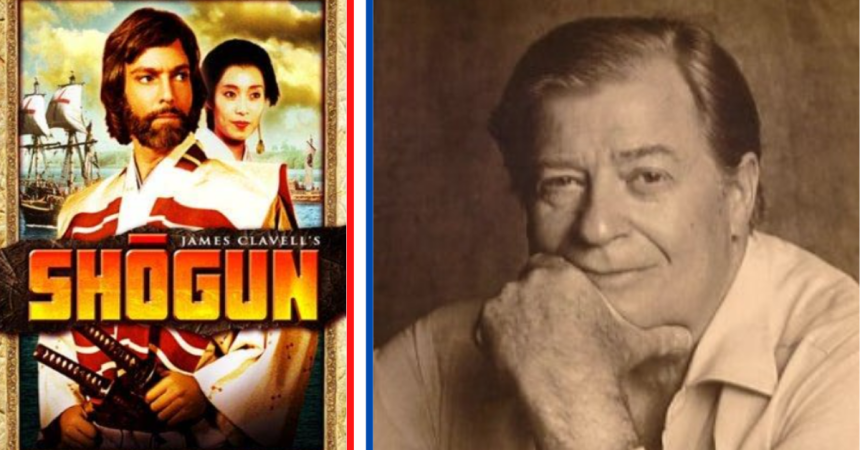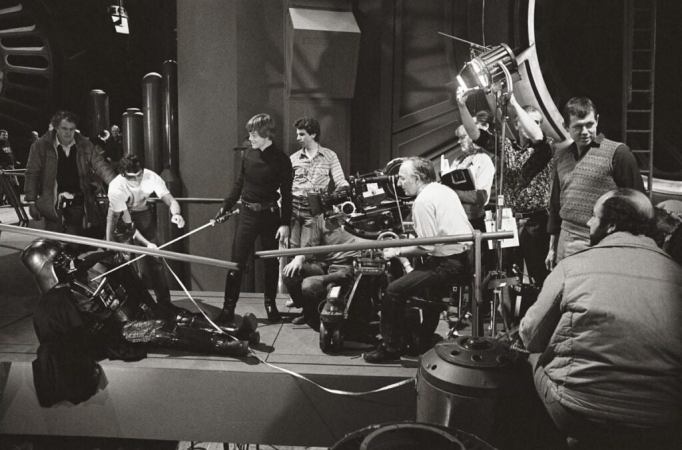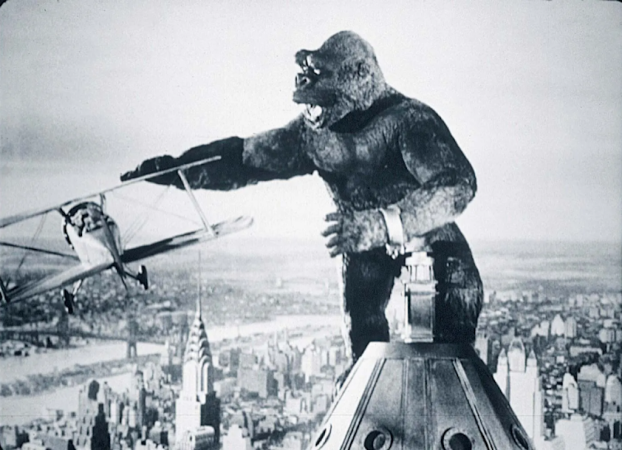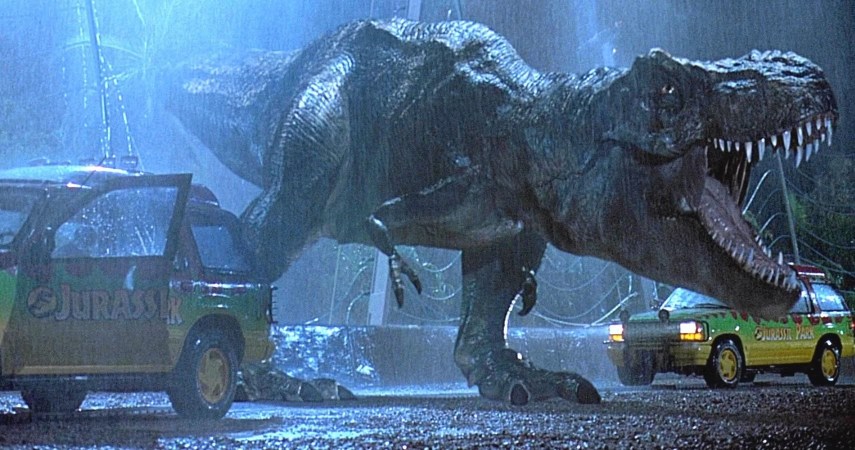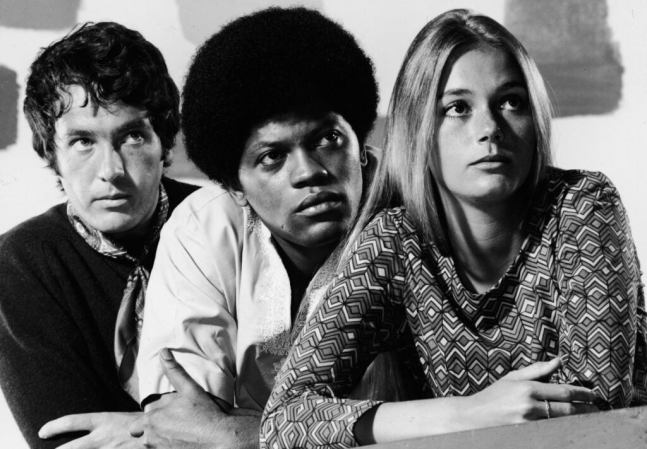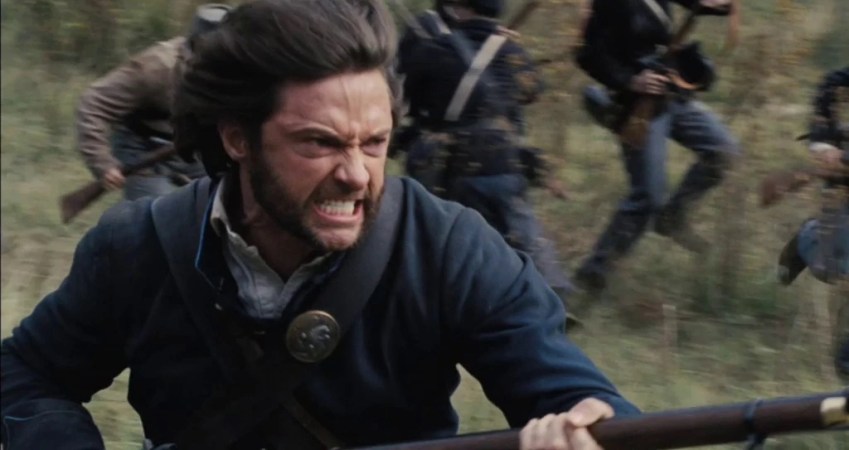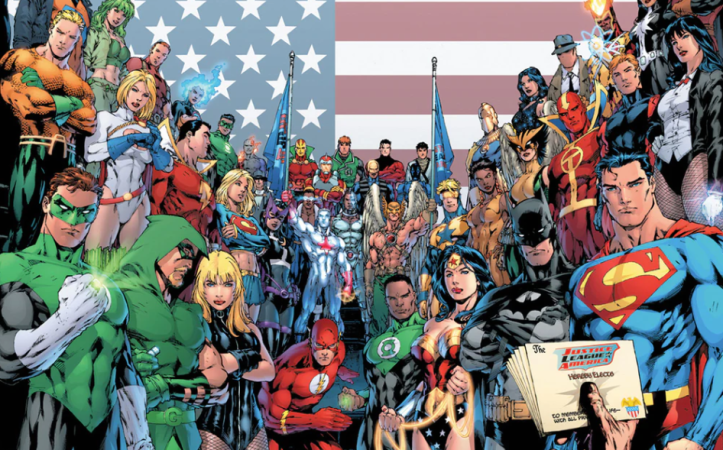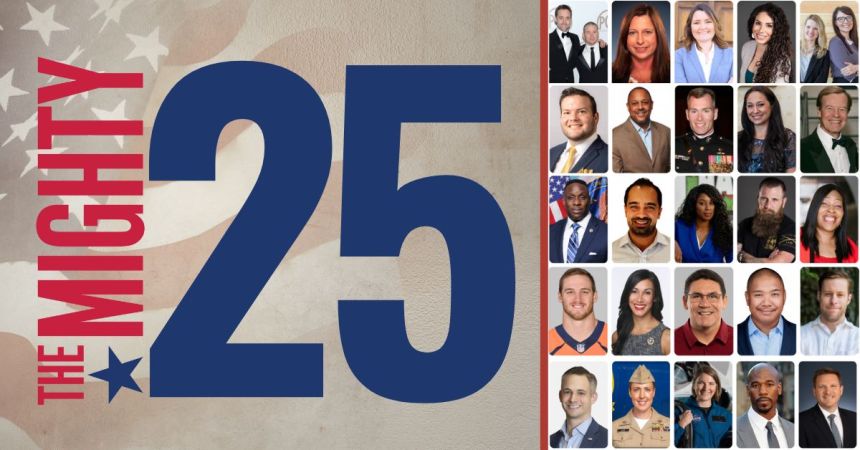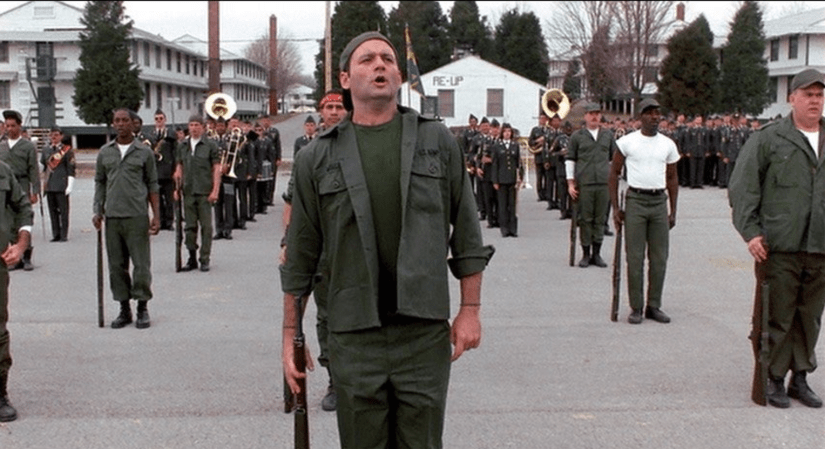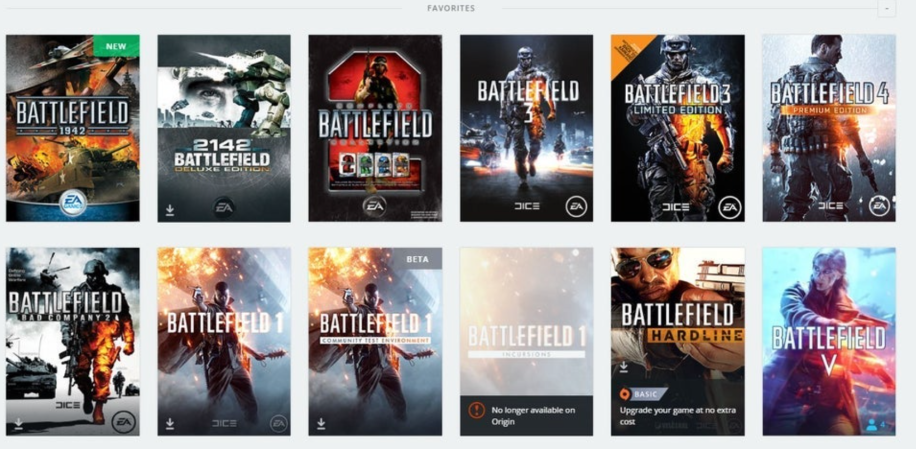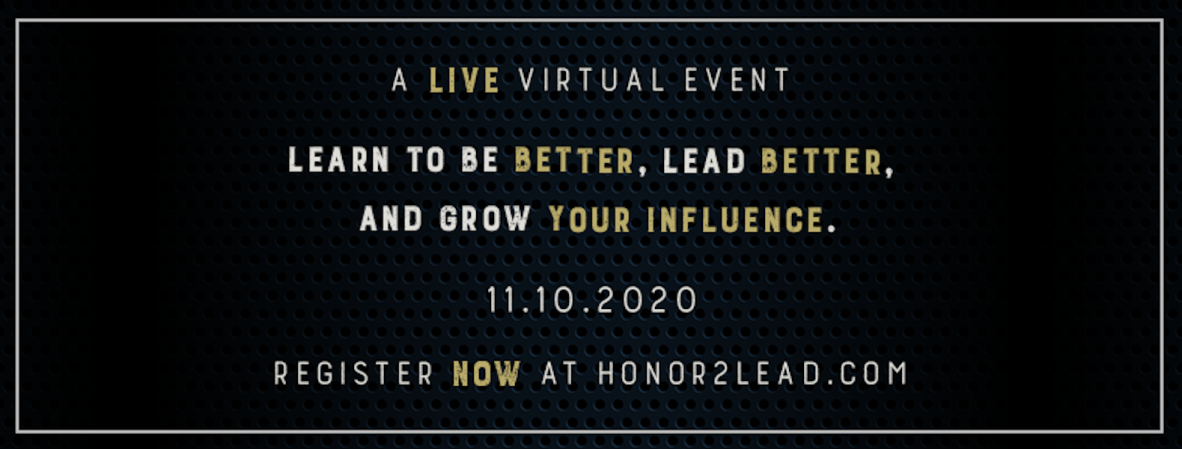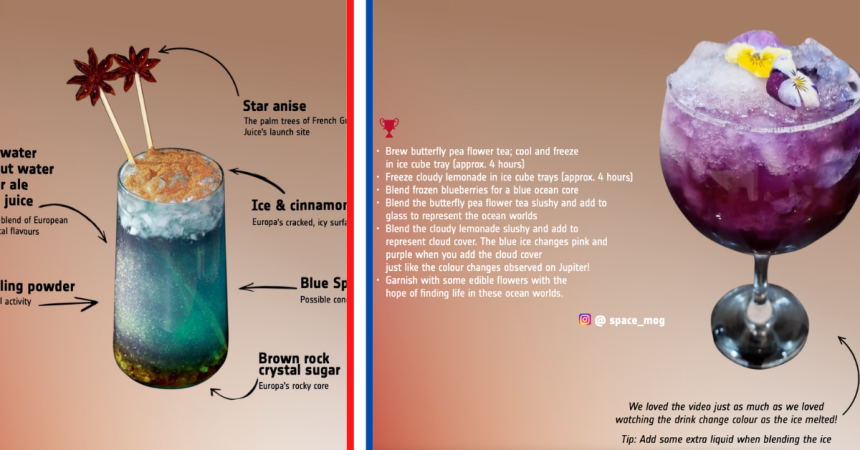Shogun was written by James Clavell and turned into a miniseries shortly after its publishing. The 1980 mini-series starred Richard Chamberlain as John Blackthorne, Toshiro Mifune as Yoshi Toranaga, Yoko Shimada as Lady Toda Mariko and John Rhys-Davies as the Portuguese Pilot Vasco Rodrigues. The book and miniseries are loosely based on real-life English navigator William Adams. He was the first Englishman to reach Japan in 1600. Adams rose to the rank of the shogun, which was a military dictator appointed by the Emperor.
These roles were usually only reserved for Japanese and were hereditarily denoted as well, so Adams is a rare bird. The show is the only American TV production to date to be filmed on-location entirely in Japan. It was positively well received and won many awards such as a Primetime Emmy Award for Outstanding Limited Series and is set for a remake to be released by FX in 2023. The military influences are strong in the book and series.
Here is an overview of the military influence in the Shogun series
1. James Clavell

James Clavell served in World War II in the Royal Artillery. While fighting in the Pacific Front he was shot in the face, captured and imprisoned as a POW in Java. He survived the camp on minimal rations and credits President Truman’s dropping of the two atom bombs on Japan as the reason for his survival in the war. He returned stateside and tried his hand at a few trades.
He wrote a pilot script in the mid-1950s that garnered much attention which led to his first job in the industry, writing the screenplay for the original The Fly. He had continued success as a screenwriter, director and producer whereby after a decade plus working in film he returned to novel writing and wrote Shogun. He was heavily involved in the production of the 1980 miniseries and followed the book up with another novel turned mini-series with Noble House. His writing career continued through to 1993.
2. Richard Chamberlain

Chamberlain was born and raised in Beverly Hills, CA. He graduated from Pomona College in 1956 and served in the US Army in Korea from 1956-1958. He attained the rank of sergeant. Post his service he returned to Los Angeles and found the theater group, Company of Angels. He began appearing on TV and broke into stardom with the role of Dr. Kildare on the TV show of the same name. Chamberlain acted on screen and on Broadway throughout the 1960s. Of note, he went to England in the late 1960s to work in repertory theater and starred in the BBC’s production of Portrait of a Lady.
In the 1970s he starred in The Towering Inferno, The Count of Monte Cristo, The Man in the Iron Mask and The Music Lovers. He found further success as John Blackthorne in Shogun in 1980, which won commercial and critical acclaim as a limited series. In the 1980s he starred in King Solomon’s Mines and portrayed the first outing of Jason Bourne in the 1988 version of The Bourne Identity. From the 1990s onward he has appeared as a guest star in TV and film in such titles as The Drew Carey Show, Will & Grace and Twin Peaks.
3. Maurice Jarre

The Oscar-winning composer who scored all of the great David Lean films from 1962 to the end of Lean’s career served as the miniseries music composer. He was in the French Navy during World War II. Post his service he went into his passion of musical composing. His work led to many great collaborations and a memorable career.
Jarre worked on such films as Lawrence of Arabia, Doctor Zhivago and A Passage to India which all won the Oscar for Best Original Score. He was nominated 9 times for Oscars overall. He worked on other top-level films such as The Longest Day, Grand Prix, Witness, Jesus of Nazareth, Dead Poet Society and Ghost too. He collaborated with directors such as Peter Weir, Alfred Hitchcock, Elia Kazan, John Huston and John Frankenheimer. Jarre has 177 credits as a composer. A sample of the soundtrack can be heard via the YouTube link listed.

4. Toshiro Mifune

Mifune was born in present-day Qingdao, which at the time was under the control of the Japanese government before the Republic of China overtook the city in 1922. He spent 19 years of his life in China and was drafted into the Imperial Japanese Army during World War II. He rose to the rank of sergeant in the Aerial Photography unit. Post the war he formed an acting company titled Shin Toho, which means “new faces.” He got his first big break in Shin Baka Jidai recently after he was hired at Toho Productions. He used his wartime experiences of anger in his audition. Mifune found a collaborator with the great Japanese director Akira Kurosawa. He played a samurai for Kurosawa in Seven Samurai and Yojimbo.
Seven Samurai inspired The Magnificient Seven and Yojimbo inspired A Fistful of Dollars. Mifune worked with Kurosawa on 16 films throughout their careers. He also starred in the John Boorman film Hell in the Pacific with Marine World War II veteran Lee Marvin about two veterans trapped on a Pacific island during the war. He turned down many roles, one in the Bond film You Only Live Twice and supposedly the role of either Darth Vader or Obi-Wan Kenobi in Star Wars. In 1980 Mifune portrayed Tokugawa Shogunate in Shogun to much critical acclaim. His career continued into the mid-1990s in mostly film.
5. Andrew Laszlo

The cinematographer for Shogun was none other than the extremely talented Andrew Laszlo. His repertoire of work includes First Blood, Southern Comfort, Star Trek V: The Final Frontier, Poltergeist II: The Other Side, The Warriors and The Man Without a Country. He earned an Emmy nomination for Shogun as well. Before his work in the film industry, Laszlo was born in Hungary and during World War II was forced into a Ghetto and then a Labor Camp. He was sent to Auschwitz with the majority of his family in 1944. He then was sent to another labor camp in Romania. He moved once more and then after an air raid on the labor camp he was in he escaped.
Laszlo’s freedom was short-lived as he was captured and sent to the Bergen-Belsen concentration camp in the winter of 1944. He survived starvation, cold, beatings and extreme cold. In 1945 he was sent to another concentration camp in Theresienstadt. There he caught typhoid and was finally liberated on May 8th, 1945. He came to the US post-war, joined the Army Signal Corps and served as a cameraman during the Korean War. Post his service he went into the film industry after much struggle to find success initially as a camera operator for The Phil Silvers Show. His first feature film was One Potato, Two Potato and his second was with Francis Ford Coppola on You’re a Big Boy Now. Laszlo worked with such directors as Walter Hill, Tobe Hooper, Ted Kotcheff, Joe Dante, William Shatner and Sidney Poitier throughout his career.


